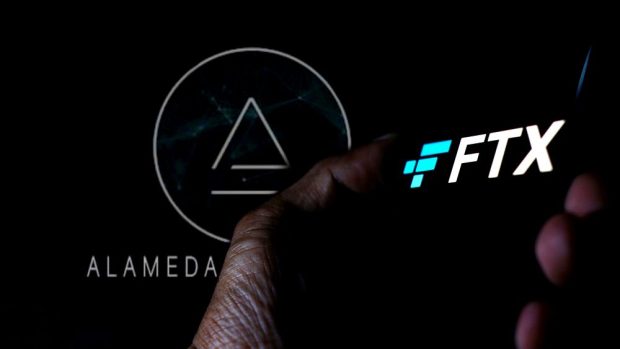Crypto Creditors Clamor as FTX Employees Get Paid

Insolvent cryptocurrency exchange FTX doesn’t just owe its million-plus creditors money.
The once-heralded crypto platform, formerly helmed by the now disgraced Sam Bankman-Fried (SBF), also owes its employees their salaries and benefits.
While the jury, or at least the Delaware bankruptcy court, is still out on what FTX’s implosion means for its sizable list of creditors, the biggest 50 of which are owed more than $3 billion, there is some good news at least for the 500 or so people formerly employed by the FTX enterprise of companies.
While SBF and other key leaders of the exchange lived, by all reports, a lavish lifestyle in a shared penthouse and group of properties in the Bahamas, the majority of company employees were based in the U.S., with the rest spread between Japan and Turkey.
An announcement Tuesday (Nov. 29) by FTX indicates that the company and 101 additional of its affiliated companies around the world will resume “ordinary course” payment of salary and benefits to employees, as well as certain non-U.S. contractors and service providers.
“We recognize the hardship imposed by the temporary interruption in these payments and thank all of our valuable employees and partners for their support,” said newly appointed CEO John J. Ray III in the statement.
The relief doesn’t apply to those companies and their employees and vendors who are not part of the Chapter 11 cases in the United States, meaning employees of FTX Bahamas and FTX Australia will have to wait and see what the rulings in their separate liquidation proceedings entail.
Can John J. Ray Do It Again?
The new FTX CEO John J. Ray III has called the FTX bankruptcy case “worse than Enron,” and if there’s anyone who would know, it’s him.
From 2004 to 2009, Ray oversaw the bankruptcy of Enron Corp. and his success in clawing back creditor recoveries as chairman of the reorganized company has defined his career and earned him a burnished reputation as one of the best restructuring lawyers alive among a landscape of failed businesses. Ray was just 45 years old when he doggedly led the distribution of around $830 million to Enron creditors, or nearly 52 cents on the dollar.
Since then, he has recovered $1.8 billion for creditors of the bankrupt mortgage lender Residential Capital and worked with apparel company Fruit of the Loom and camera company Polaroid, as well as on other high profile bankruptcies including Nortel Networks and Apple supplier GT Technologies.
Read More: Alameda Bank Accounts Linked FTX to Customers
In Delaware, the law states that directors of an insolvent company have fiduciary duties to the creditors, rather than the shareholders, of that company.
The basic idea underpinning bankruptcy reorganizations is that companies should compensate their creditors fairly and equally. If a company has $100 in debt, and only $20 in assets, this means that creditors should each be paid 20 cents on the dollar, and not that the first creditors to ask for their money back get the full amount.
FTX and its affiliates’ staggering number of creditors makes this a tall task to untangle for Ray.
While some individuals have given up, and as reported by Bloomberg, are selling their FTX claims to distressed investors, others are pushing hard for what they believe themselves to be due.
Bankrupt cryptocurrency lender BlockFi, which is intimately tied up in exposure to FTX and its affiliated family of companies, is suing SBF over a hundreds of millions of dollars worth of Robinhood shares that the FTX founder allegedly pledged as collateral.
BlockFi, which is doing its best to distance its own bankruptcy proceedings from those of FTX, was also dragged down by a $680 million default FTX’s sister trading firm Alameda Research made on a collateralized loan obligation it owed to the lender.
Similarly insolvent Alameda Research itself boasts a long list of creditors, as revealed in court documents filed Monday (Nov. 28).
Chief among them is a multimillion-dollar Amazon Web Services bill, understandable for a high-frequency trading firm. But the company also owes a Margaritaville Beach Resort location in the Bahamas tens of thousands of dollars in unpaid bills, more than the trading firm owes six different law firms, making the Jimmy Buffett-inspired restaurant and bar the company’s fourth biggest unsecured creditor and serving perhaps as clear a sign as could be that there were truly no adults present in the room.
For all PYMNTS cryptocurrency coverage, subscribe to the daily Crypto Newsletter.
